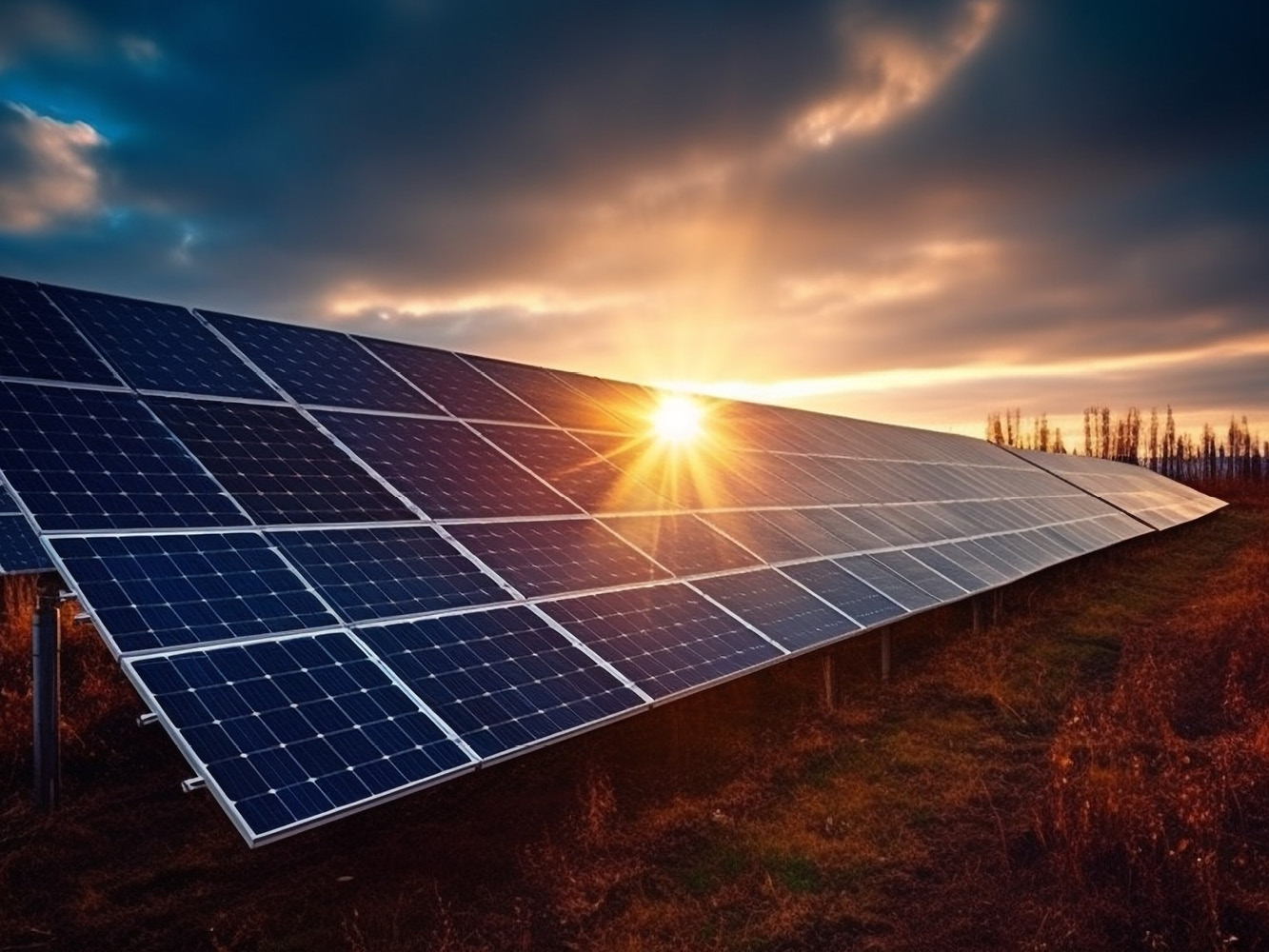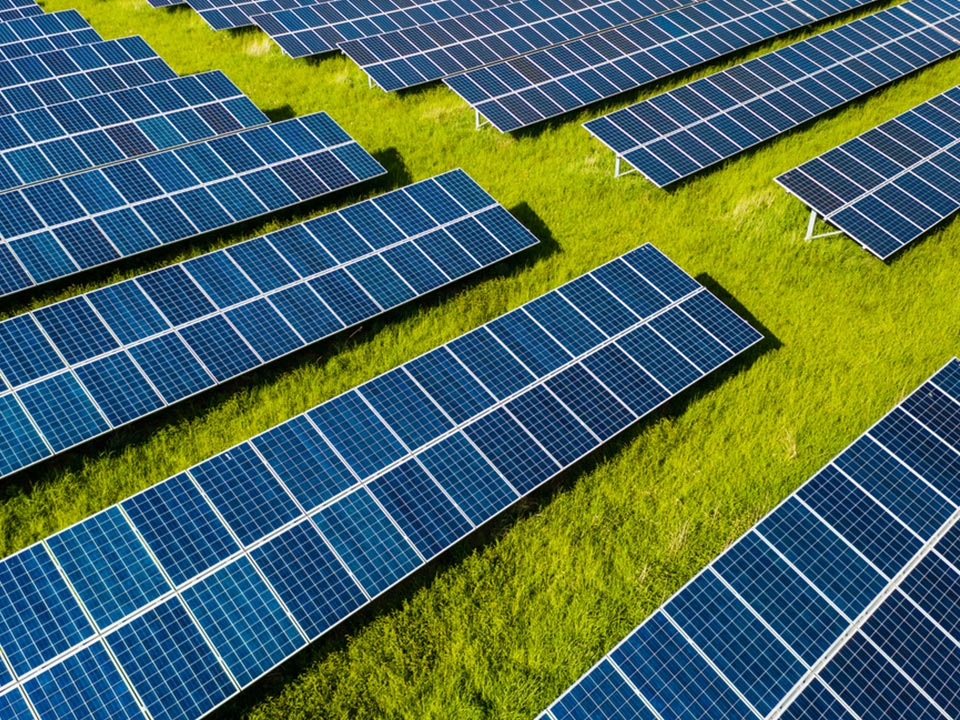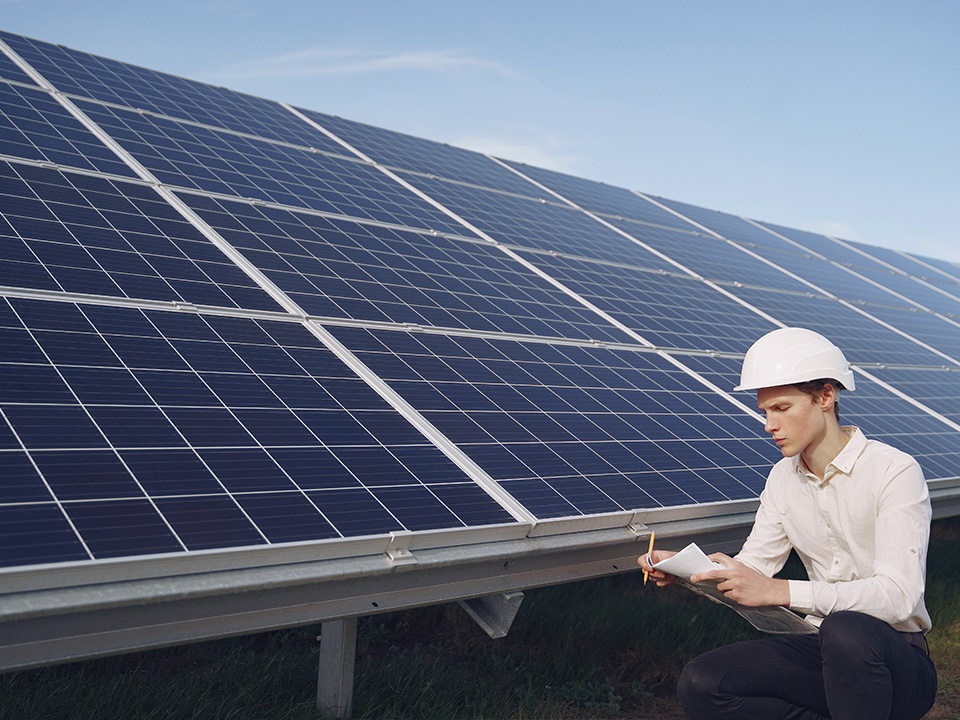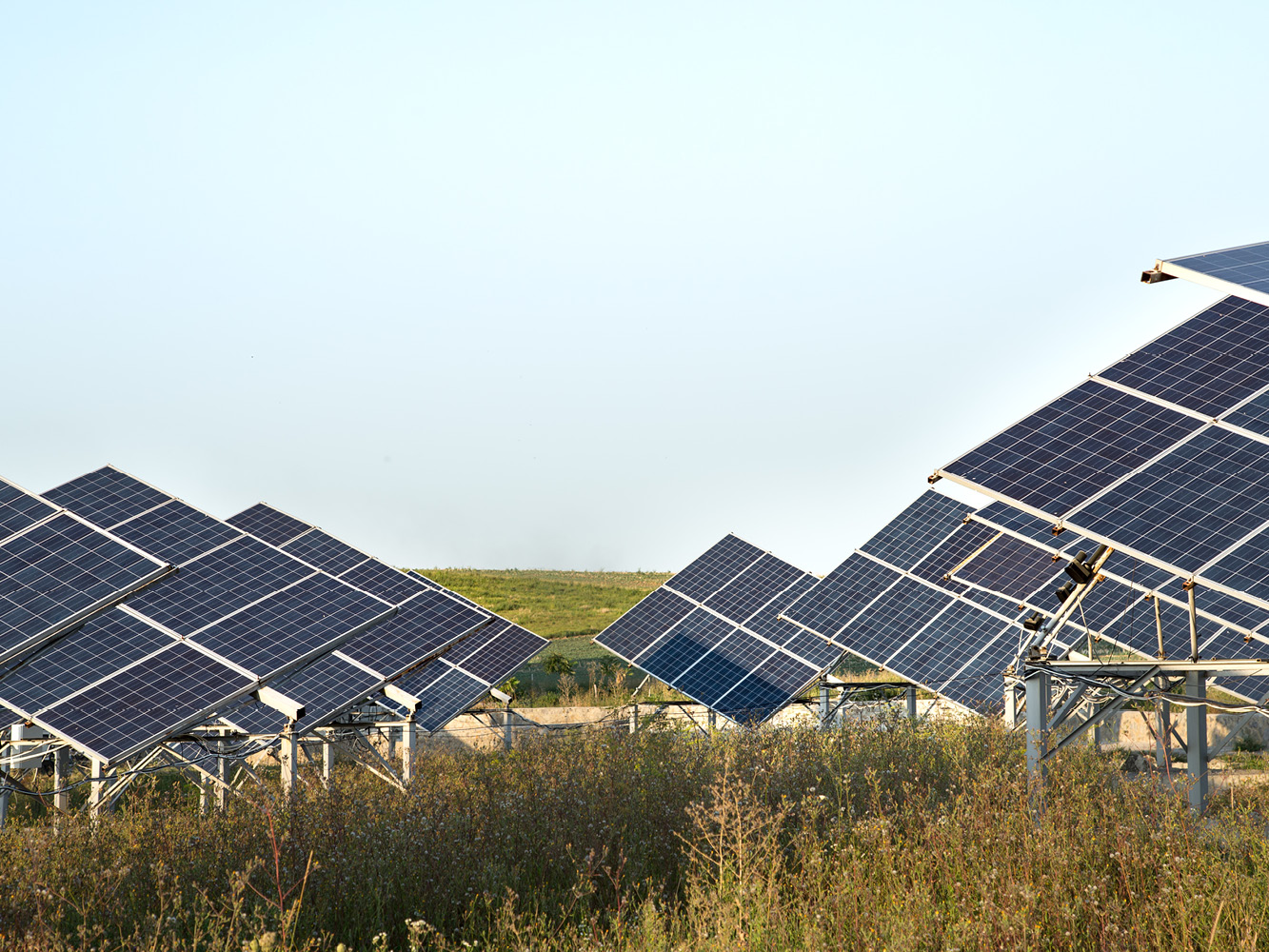
Decree Law 13/2023 with “Urgent provisions for the implementation of the National Recovery and Resilience Plan (NRPR)” has been published in the Official Gazette (No. 47 of Feb. 24).
The measure, which has been in force since the 25th of February and has not yet been converted into law, contains many changes for renewable sources, including reductions in buffer strips, exemptions from the EIA and simplifications for agrovoltaic projects.
In particular, these measures should be noted: simplification of the process for photovoltaic installations in areas of industrial, artisan and commercial use, and in landfills and quarries no longer subject to exploitation, the installation, is in fact considered “ordinary maintenance activity and is not subject to the acquisition of permits, authorizations or acts of consent however denominated”; the current buffer strip of 7 km, between wind power plants and assets subject to protection, is reduced to 3 km, while the 1 km strip for photovoltaic plants is reduced to 500 m; the silence-consent of the public administration will also apply to small-scale photovoltaic plants in areas with landscape constraints, if no response is received within 45 days of the submission of the authorization request, this deadline may be suspended once and for a maximum of 30 days; the process for the Single Authorization for renewable energy plants will also have to be completed within 150 days upon receipt of the application to initiate the procedure, and the authorization will also include the Environmental Impact Assessment (EIA), if needed; finally, for projects not subject to EIA, the Ministry of Culture will participate in the authorization process only if the areas affected are constrained and no longer in contiguous areas.
Another relevant point: renewable energy communities. It is envisaged that until the 31st of December 2025, local authorities, holders of interventions provided for in the NRP for renewables and energy communities, can grant concessions, in compliance with the principles of competition, transparency, proportionality and publicity, equal treatment and non-discrimination, areas or surfaces in their availability for plants built to meet the needs of renewable energy communities.
Agrovoltaic plants, if placed outside protected or constrained areas, “are considered artifacts instrumental to the agricultural activity and are freely installable,” if two conditions are met: the panels are to be placed above plantations at a minimum height of 2 m from the ground, without concrete foundations or difficult to remove; the construction methods provide for their effective compatibility and integration with agricultural activities as support for plants or for parceled irrigation systems and partial or mobile protection or shading of crops below.


